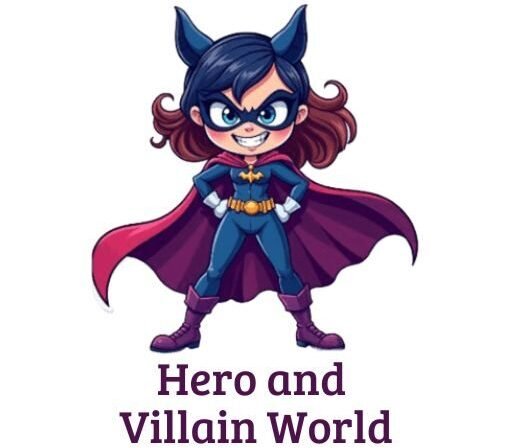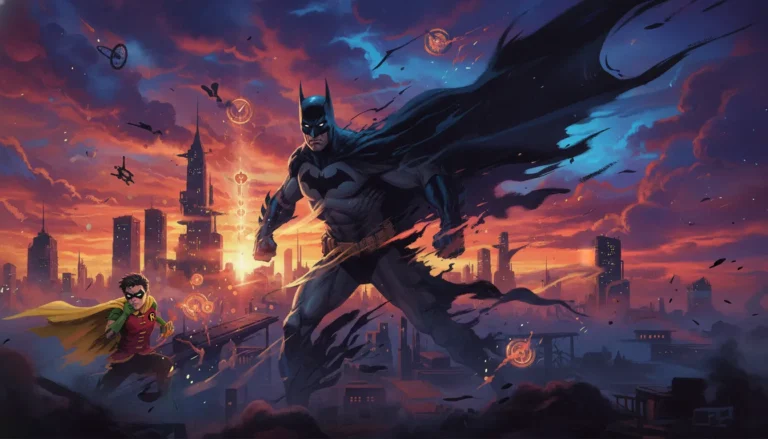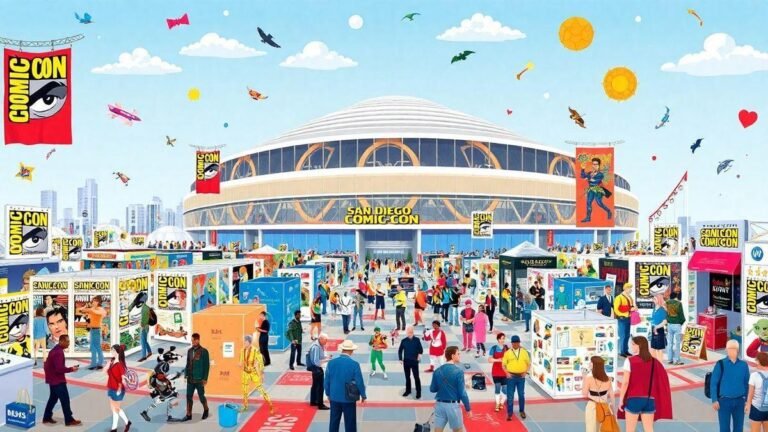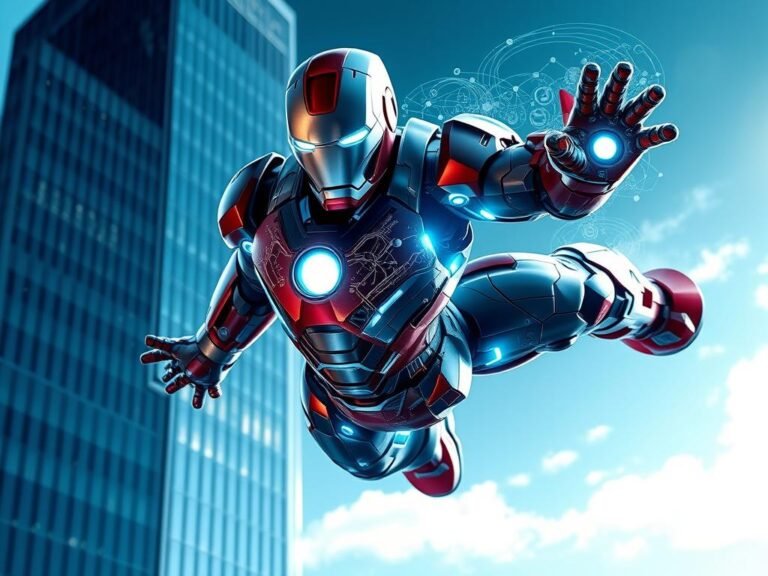Sensational She-Hulk: John Byrne’s Meta Masterpiece of Fun and Fourth-Wall Breaks
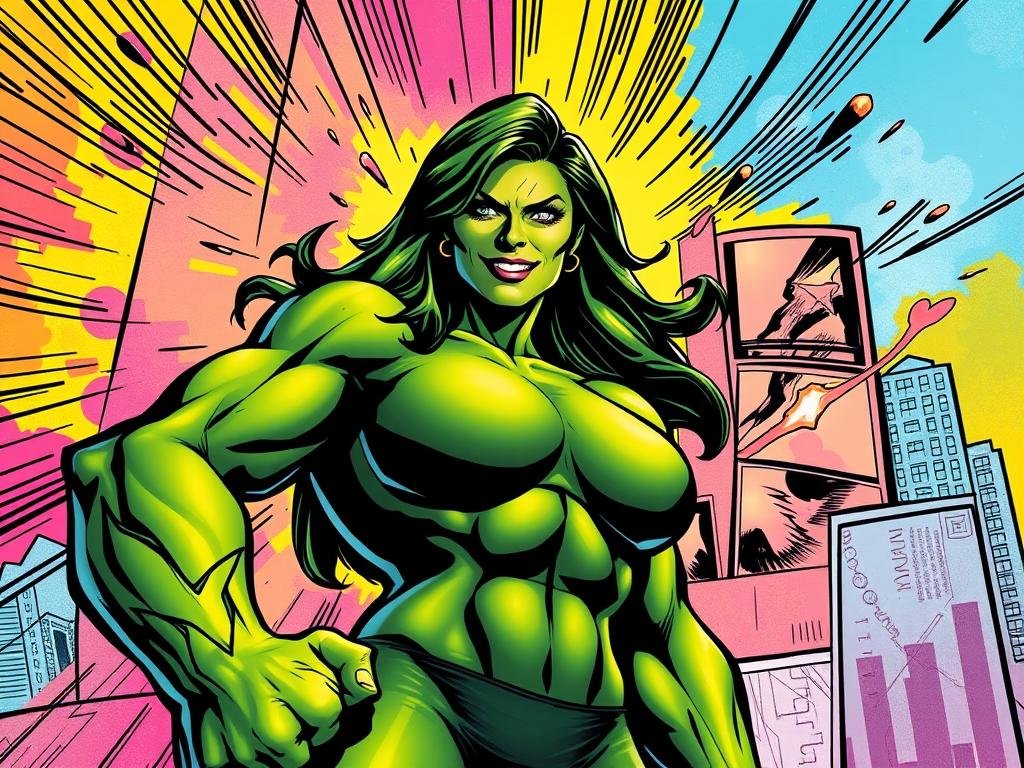
I still remember the first time a comic book made me laugh out loud while reading it. It wasn’t a joke or a silly sidekick—it was the protagonist herself, winking at me through the page. That’s how I met the greenest lawyer in Marvel history, reimagined by a visionary creator who turned superhero storytelling upside down.
John Byrne’s take on this character felt like discovering a secret door in a familiar hallway. Instead of treating powers as burdens, his version celebrated them with infectious joy.
While others struggled with duality, she embraced her enhanced identity, preferring strength and confidence over ordinary life. It was revolutionary to see someone enjoy being superhuman.
The real magic happened when the series shattered the fourth wall. Characters acknowledged being in a comic book, talking directly to readers like old friends.
These moments weren’t just gags—they deepened our connection to the story. Humor and heart coexisted perfectly, proving that fun could coexist with meaningful narratives.
Looking back, Byrne’s work remains a masterclass in creative risk-taking. He transformed a standard hero into something playfully self-aware, making readers feel like collaborators rather than spectators. That’s why this era still shines—it reminds us why we fell in love with comics in the first place.
Introduction to the Sensational She-Hulk Phenomenon
When I stumbled upon a back-issue bin in a dimly lit comic shop, I never expected to find a story that would redefine superhero fiction.
The vibrant cover of Sensational She-Hulk #1 practically leaped into my hands—a perfect metaphor for how this series would later break free from traditional storytelling.
My Personal Journey with the Series
Initially, I questioned whether a female counterpart to an established hero could stand on her own. But within three pages, the green protagonist shattered my assumptions.
Her confidence and humor felt revolutionary, especially compared to the angsty heroes dominating 1980s comics.
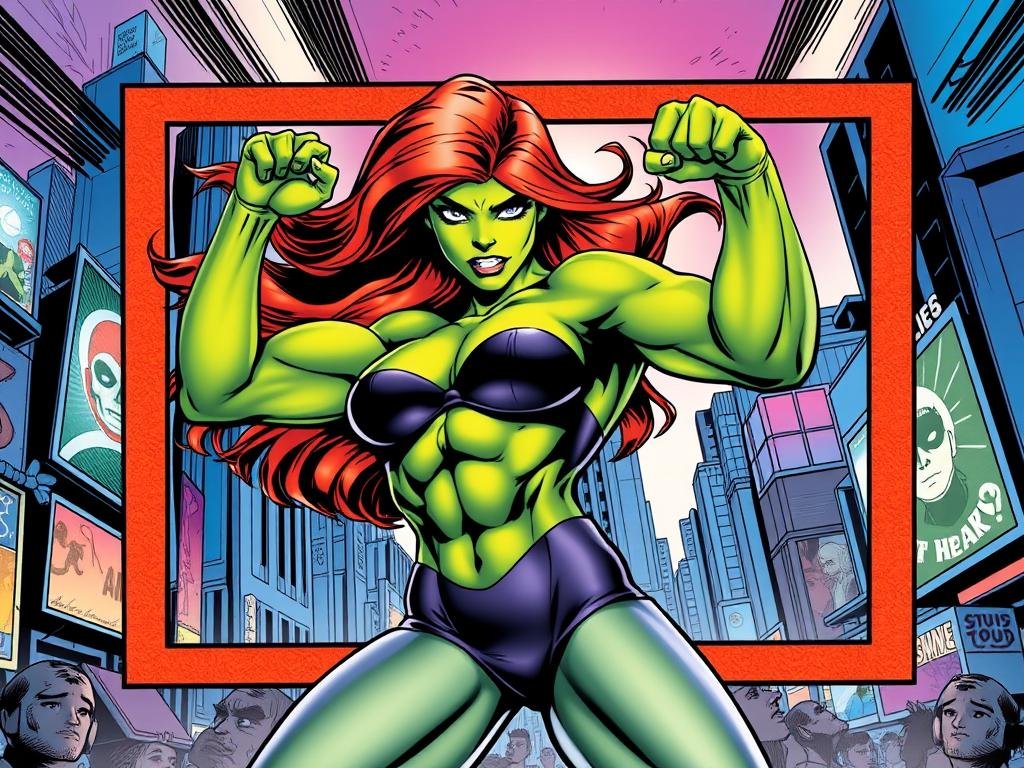
Setting the Stage for a Meta Marvel Experience
What made this Marvel Comics run unforgettable was its playful self-awareness. Instead of hiding the medium’s quirks, the story celebrated them. Characters would comment on panel layouts or joke about deadlines, creating a unique bond with readers.
“Why pretend we’re not in a comic? Let’s have some real fun!”
| Traditional Approach | Byrne’s Innovation |
|---|---|
| Serious, linear narratives | Self-referential humor |
| Passive reader experience | Active audience engagement |
| Rigid continuity | Playful universe integration |
The series transformed ordinary moments into fourth-wall-breaking adventures. Whether arguing with editors or rewriting speech bubbles, every issue felt like discovering new ways to enjoy the medium. It wasn’t just a comic—it became a conversation.
John Byrne’s Vision and Creative Approach
Reading comics in the ’80s often felt predictable—until a writer decided to bend reality. John Byrne treated panels as playgrounds, blending meticulous research with absurd humor.
His run became a blueprint for comic book innovation, proving stories could honor tradition while mocking it.
Redefining Comic Narrative Conventions
Byrne obsessed over details others ignored. When a TV show misnamed Bruce Banner, he corrected it fiercely. This precision extended to villains—who else would revive The Headmen, a trio of laughable mad scientists?
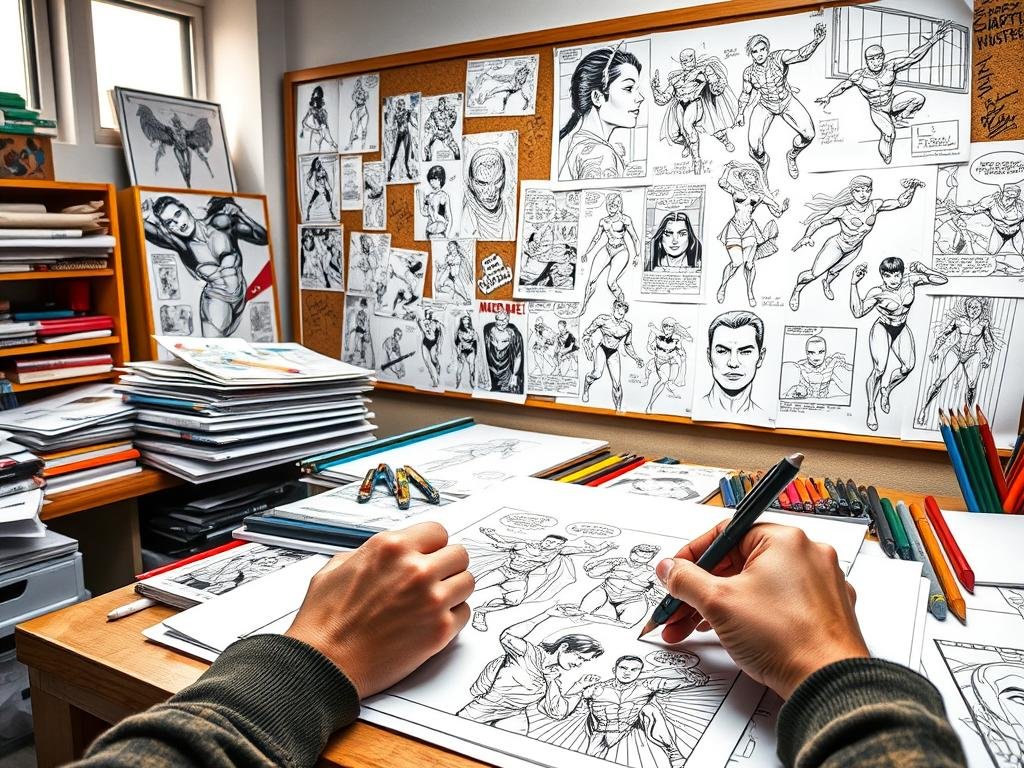
Humor and Self-Awareness in Storytelling
The writer turned weaknesses into strengths. Forgotten characters became punchlines, and heroes acknowledged their ink-and-paper existence. One issue featured a hero literally rewriting speech bubbles to escape trouble.
“If readers aren’t laughing with us, we’re doing it wrong.”
| Traditional Storytelling | Byrne’s Method |
|---|---|
| Fixed panel layouts | Characters jumping borders |
| Straight-faced dialogue | Witty editor’s notes |
| Villains as threats | Villains as punchlines |
This approach transformed passive readers into co-conspirators. Every page invited us to question why comics took themselves so seriously—and the answer was always pure fun.
Exploring she hulk sensational byrne meta and Its Impact
The first time a comic character critiqued their own dialogue, I knew I was in for something special. This series didn’t just tell stories—it dissected them, letting readers peek behind the curtain of comic book creation.
What began as playful experimentation became a blueprint for breaking barriers between fiction and reality.
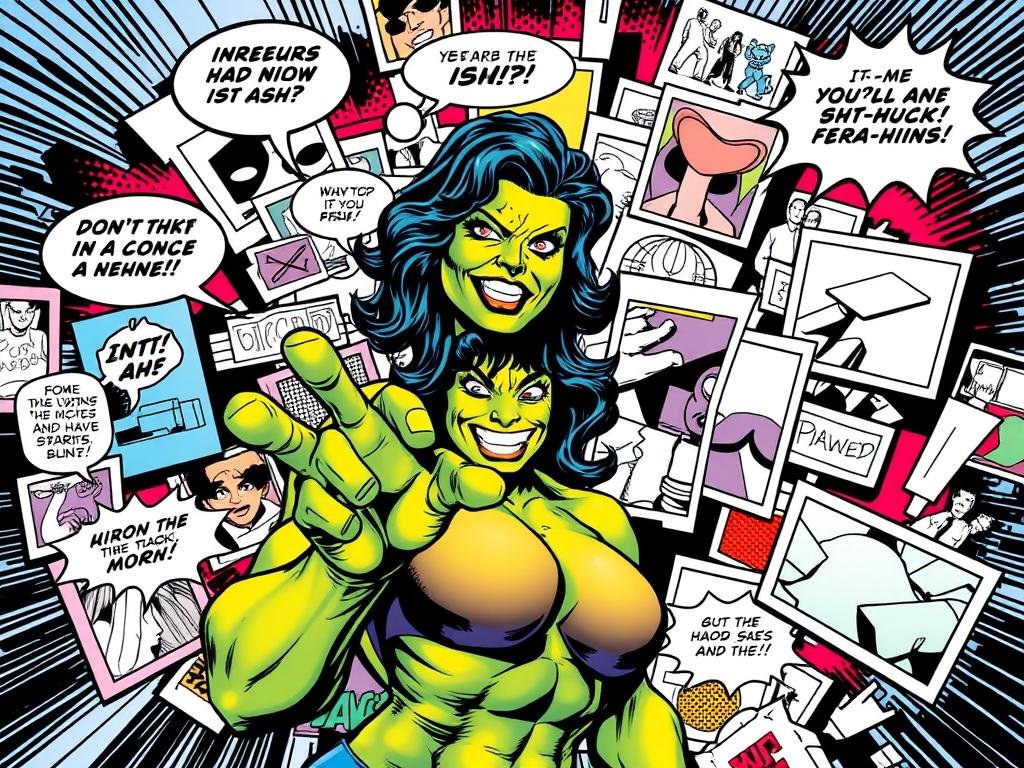
The Role of Meta Elements in Engaging Readers
Take “Weezie,” the fictional editor who taught our protagonist about panel layouts and deadlines. These interactions transformed confusing industry jargon into shared jokes. Suddenly, readers weren’t just following a plot—they understood how stories got made.
Even the series’ launch broke rules. The Marvel Comics’ metafictional approach started with ‘Xmas Tease’—eight pages hyping the upcoming issue through the character’s self-aware commentary. It felt like getting backstage passes to a magic show.
| Traditional Comics | Meta-Driven Stories |
|---|---|
| Passive consumption | Collaborative experience |
| Hidden creative process | Transparent storytelling |
| Serious tone | Winking humor |
What amazed me most was how these elements enhanced the Marvel universe instead of breaking it. Characters referenced real-world deadlines while fighting villains, blending drama with satire. The fourth wall didn’t crumble—it became a bridge connecting fans to creators.
By letting heroes joke about marketing tactics and editorial notes, the series redefined what superhero comics could achieve. It wasn’t just about saving the day—it was about celebrating why we love these stories in the first place.
Breaking the Fourth Wall: A Comic Book Tradition
Stan Lee’s playful antics in the 1960s laid groundwork for today’s meta storytelling. While researching old issues, I found Marvel Comics always flirted with reality-bending moments.
The Fantastic Four didn’t just fight villains—they joked about ink and paper, setting a template for future innovators.
Techniques Used to Address the Reader
Early Marvel stories used clever tricks to connect with fans. In Fantastic Four #10, Stan Lee and Jack Kirby drew themselves into panels, sketching characters while chatting with readers. These cameos felt like secret handshakes—a nod to dedicated followers.
Later writers expanded these ideas. Some heroes glanced at the cover art, while others read fan letters mid-story. But true genius emerged when these winks served the plot. A character might rewrite dialogue bubbles to escape traps or mock outdated tropes.
“Don’t just read our adventures—help us create them!”
| Early Marvel Examples | Byrne’s Enhancements |
|---|---|
| Creator cameos | Characters editing speech bubbles |
| Fan mail sections | Plot-driven fourth-wall breaks |
| Jokes about deadlines | Direct collaboration with readers |
What began as Easter eggs became storytelling tools. By acknowledging the Marvel Comics format itself, creators turned limitations into strengths. Every page turn felt like joining an inside joke that spanned decades.
Humorous Storytelling and Meta Gags in the Series
Who knew sticky notes could revolutionize comic storytelling? John Byrne turned mundane office supplies into comedy weapons, transforming editorial debates into laugh-out-loud moments. His approach made readers feel like insiders, blending production secrets with superhero antics.
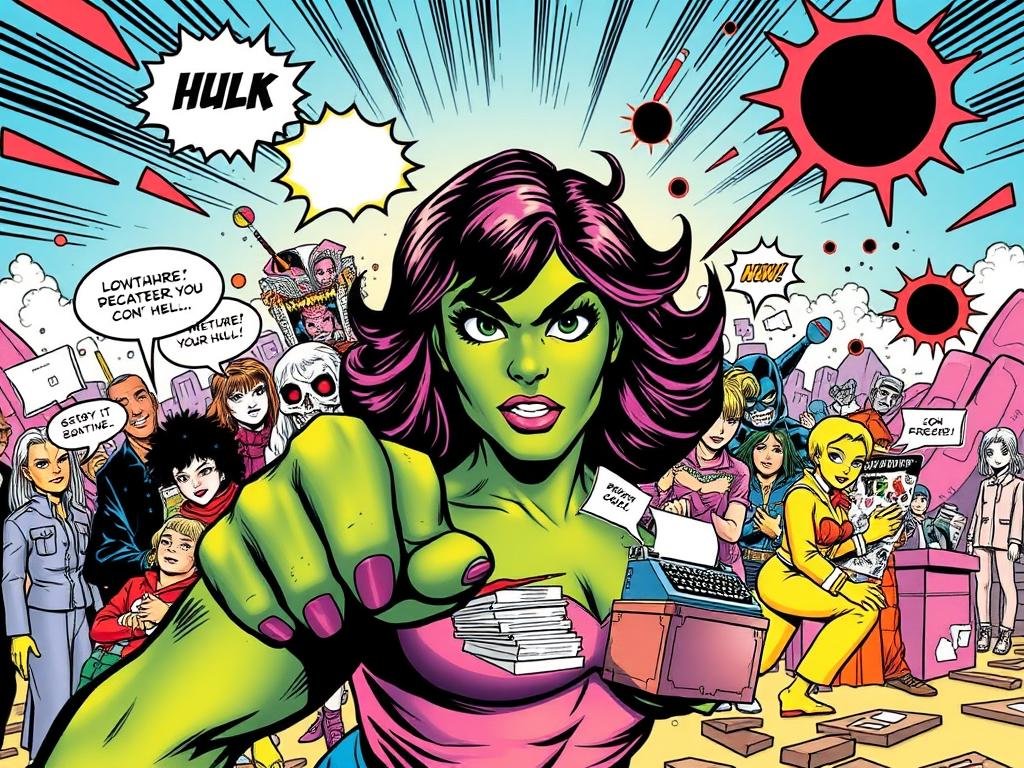
Analyzing Memorable Meta Moments
In issue #2, a conversation between editors unfolds through handwritten notes stuck to furniture. This post-it pageantry revealed how creative decisions shape stories—and turned corporate discussions into visual punchlines. It felt like eavesdropping on Marvel’s break room.
The real magic happened years later. A recurring joke about skipping rope without clothes evolved into a six-page bit in issue #40.
The cover’s “Because You Demanded It” slogan winked at marketing tactics while delivering genuine fun. Byrne transformed fan letters into plot points, proving audience feedback matters.
“Let’s give them what they want—with a twist!”
What impressed me most was how these elements never broke immersion. When characters addressed the wall between fiction and reality, it deepened engagement instead of distracting. Every meta gag served the story, turning limitations into creative fuel.
Reimagining Characters: From Blonde Phantom to Fantastic Four
Comic book resurrections rarely hit this hard emotionally. When Louise “Weezie” Grant stepped out of retirement in The Sensational She-Hulk #4, she brought more than golden-age charm—she carried a masterclass in character evolution.
Her transformation from 1940s heroine to modern-day mentor revealed how comics could honor history while rewriting it.
Character Evolution Under Creative Vision
Weezie’s explanation of comic aging stunned me. “You’ll always be thirty-one,” she tells Jen, exposing the medium’s unspoken rules.
This wasn’t just witty dialogue—it connected Timely Comics’ past to Marvel’s present. Her retirement after Fantastic Four #4’s superhero resurgence mirrored real publishing shifts, turning corporate decisions into personal tragedy.
Hidden Histories in Plain Sight
What makes these cameos special is their emotional weight. Weezie didn’t just reference old villains or team dynamics—she embodied decades of industry change.
Her quest to become a supporting character felt like a survival strategy, highlighting how lesser-known figures fight for relevance.
“Heroes retire. Comics don’t.”
| Traditional Approach | Byrne’s Reinvention |
|---|---|
| Static aging | Meta explanations |
| Forgotten legacy characters | Narrative anchors |
| Separated comic eras | Interconnected timelines |
This run transformed nostalgia into meaningful storytelling. When Weezie mentioned waiting “years” for superheroes’ return, she wasn’t just filling panels—she was bridging Marvel’s past and present through one woman’s lifetime.
Artistic Flair and Visual Creativity
There’s a particular thrill in watching an artist test their medium’s limits. While flipping through these pages, I noticed how visuals became storytelling partners rather than just accompaniments. The line between artwork and commentary blurred deliciously.
When Pencils Meet Punchlines
John Byrne’s decision to handle both writing and inking created a fascinating tension. Early issues shimmered with polished layouts, but later book entries felt intentionally rougher—like watching a jazz musician improvise.
Scrawled editor notes in margins poked fun at industry peers, turning production quirks into visual gags.
Cover designs particularly shone. One memorable image showed our heroine literally bursting through the cover, smirking at readers while crushing logos underfoot. These bold choices balanced humor with commercial savvy, challenging typical comic marketing tactics of the time.
Though some criticized exaggerated poses, they subverted expectations. Characters acknowledged the tropes mid-panel, winking at readers while owning their iconic status.
This approach transformed potential clichés into empowered statements—a masterclass in visual storytelling that still inspires creators today.
FAQ
Q: Why is John Byrne’s run on the series considered groundbreaking?
A: I love how Byrne blended humor with self-aware storytelling, letting the protagonist joke about comic tropes. His bold choices—like breaking the fourth wall—reshaped how Marvel Comics approached character-driven narratives.
Q: How did Byrne redefine She-Hulk’s role in the Marvel Universe?
A: He transformed her from a standard superhero into a witty, meta-savvy figure who interacts with readers. This shift made her stand out, especially during her time with the Fantastic Four, where her personality shone through.
Q: What makes the fourth-wall breaks in this series unique?
A: Unlike occasional gimmicks in other comics, Byrne made these moments central to the story. The protagonist would chat with readers, mock villains, or even argue with the creative team—a fresh twist that felt personal and engaging.
Q: Did Byrne’s art style influence the tone of the stories?
A: Absolutely! His vibrant, dynamic artwork complemented the playful tone. Over-the-top cover designs and exaggerated expressions turned every issue into a visual joke, making the series feel like a celebration of comic book creativity.
Q: How did classic characters like the Blonde Phantom get involved?
A: Byrne loved weaving forgotten Marvel figures into modern plots. These cameos weren’t just nostalgia—they added depth to the lore while letting him poke fun at comic history, which I found delightfully clever.
Q: Why do fans still celebrate this run decades later?
A: It’s a timeless mix of sharp writing and bold experimentation. The balance between superhero action and meta humor created a blueprint for later series, proving comics could be both entertaining and self-critical.
Q: Were there any criticisms of Byrne’s approach at the time?
A: Some readers felt the constant jokes undercut dramatic stakes. But for many, including me, the series’ willingness to laugh at itself became its greatest strength, offering a refreshing take in an era of overly serious comics.
